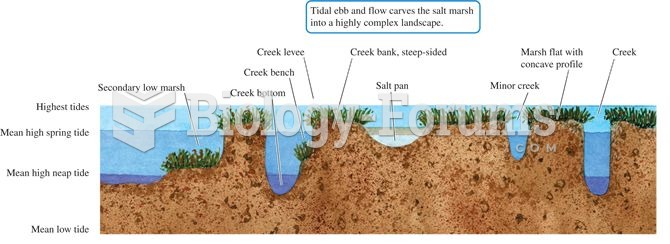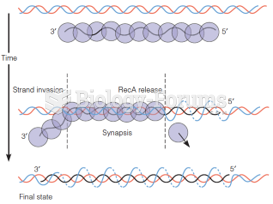Answer to Question 1
Paleomagnetism is the study of fossil magnetic fields. It uses the magnetite in magma to determine the direction of the magnetic field and even the orientation of the continents at various times in history.
Paleomagnetism can show the alterations between weak and strong bands of magnetism. This suggests the orientation of the magnetic pole has shifted numerous times.
Magnetometers measure the amount and direction of residual magnetic fields.
Some bands add to Earth's present magnetism while others have weakened it.
Answer to Question 2
The crust is the outermost layer. It is thin and lightweight. The crust is 1 of the volume and 0.4 of the mass of Earth. There are two types of crust: oceanic and continental.
The oceanic crust is composed of mostly basalt. This type of crust is dark colored, heavy and thin. It is denser than the continental crust and contains oxygen, silicon, magnesium, and iron.
The continental crust is made of granite. This is a thick, light colored rock. Continental crust contains oxygen, silicon, and aluminum.
The mantle is the largest layer in terms of mass (68) and volume (83). It is the layer beneath the crust and is thought to be made of silicon and oxygen with some iron and magnesium.
The composition of the mantle has not been determined by direct sampling. Information on the composition of the mantle has come from the analysis of earthquake shocks, volcanic gases that have been released, and variations in the pull of gravity.
The core is the innermost layer of the Earth. It is mainly iron and nickel, but also contains silicon, sulfur, and other heavy metals. This is the thickest layer at 3,470 kilometers.
Information on the core has come from studying the behavior of body waves through the interior of the Earth.







